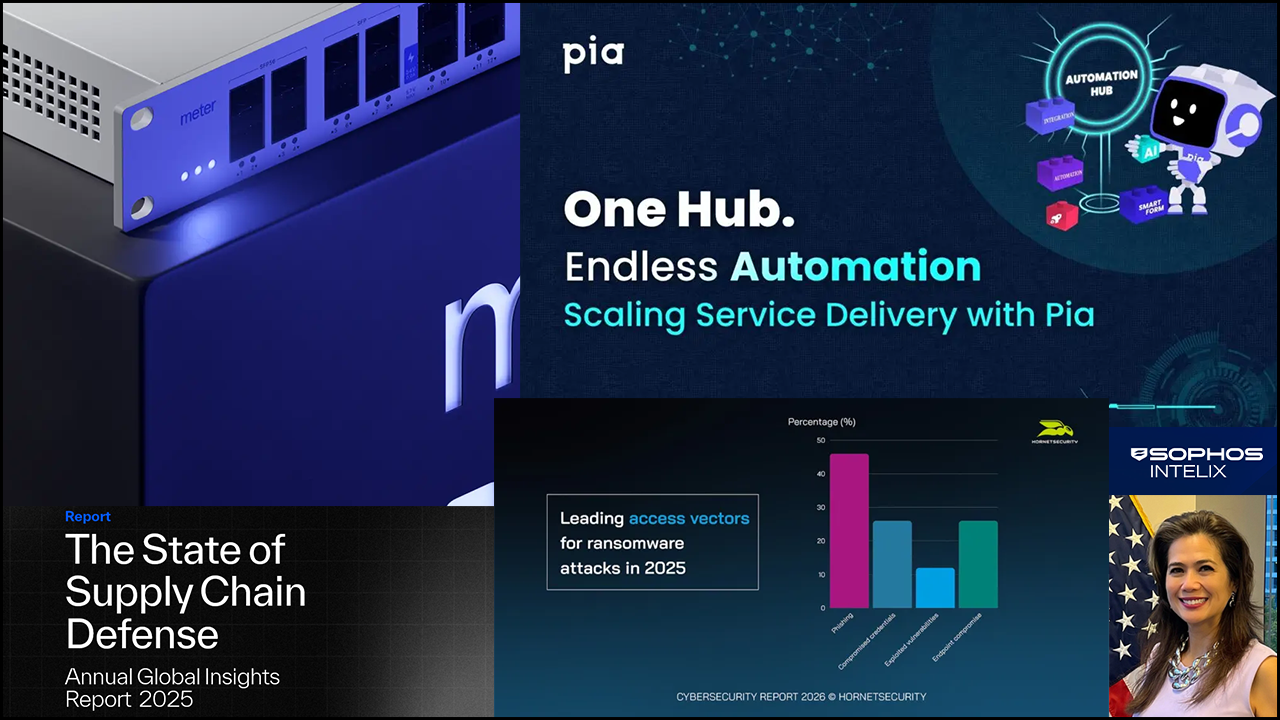Nimble Storage has unveiled a new cloud storage service designed for use with applications hosted in the Amazon Web Services and Microsoft Azure public clouds.
Called Nimble Cloud Volumes and hosted in Nimble’s own data centers, the system is currently in beta testing, and will enter preview mode later this quarter. The initial rollout will target businesses in the U.S., with support for Asian and European markets arriving over the course of the year.
The new offering is targeted at midsize companies and above looking to migrate on-premises CRM systems, financial applications, and other business solutions into the public cloud. Mission-critical workloads like those require greater storage reliability than is typically available from public cloud environments, which tend to have a 0.1 to 0.2 percent annual failure rate, according to Gavin Cohen, head of product marketing at Nimble, which is headquartered in San Jose, Calif.
“About one in five hundred times, those native cloud volumes lose data, which is clearly unacceptable for enterprise grade services,” he says. Nimble Cloud Volumes, by contrast, promises to deliver 99.9999 percent uptime.
“It has durability that’s millions of times more than what you see natively in cloud block storage,” Cohen says, adding that the solution also offers a wide range of data services that cloud infrastructure providers tend not to support, including snapshotting and instant clones.
Additionally, the system is compatible with Nimble’s on-premises arrays (including the converged infrastructure solution Nimble†launched last October in partnership with Lenovo), giving users the flexibility to move on-site data to and from the cloud any time they want at no charge.
“Any customer that has any of our arrays, either new or old, is immediately future-proof for the cloud because we provide a very easy on-ramp from our on-premises arrays to the Nimble Cloud Volumes service,” Cohen says. Migrating data between AWS and Azure is an even simpler process that entails little more than changing a configuration setting, he adds, and creating an account takes a few quick clicks.
“It’s really just setting up a volume and setting the performance and the capacity attributes,” Cohen says.
Once a storage account is up and running, users can manage it via the same tools they use to administer Nimble’s on-premises platforms. According to Cohen, those tools are more robust than the management systems public cloud providers usually provide.
“While there are tremendous advantages in moving to the cloud around the abstraction you get where you really don’t manage any of the underlying resources, the negative is you have very limited visibility into what’s going on under the covers,” he says.
Technicians can use Nimble’s InfoSight predictive analytics utility as well to identify cases in which data stored on-site could be more efficiently hosted in the cloud and vice versa, Cohen adds.
Pricing for the new service is designed to be comparable to what leading public cloud vendors charge, and starts at $0.10 per GB per month. Nimble partners collect a portion of those fees, along with a bonus payment every time they sign up a new customer.
That’s just one of the ways Nimble sees partners benefitting from its cloud storage service, moreover. The solution also allows channel pros to turn public cloud computing into a business opportunity rather than long-term threat to margins by building hybrid cloud solutions combining Nimble’s on- and off-site storage with AWS or Azure infrastructure, and then billing customers monthly for management of those deployments.
“It’ll make them more sticky, it’ll make them more relevant, and it also gives them the opportunity to build if they choose a managed service,” says Leonard Iventosch, Nimble’s vice president of worldwide channels.
Though Nimble has no plans to add support for public clouds from Google, IBM, and other providers to Nimble Cloud Volumes at present, it’s open to doing so in the future.
“I think it would be natural based on customer demand and as we move into the future to look at the other ones as well,” Cohen says of those clouds.












